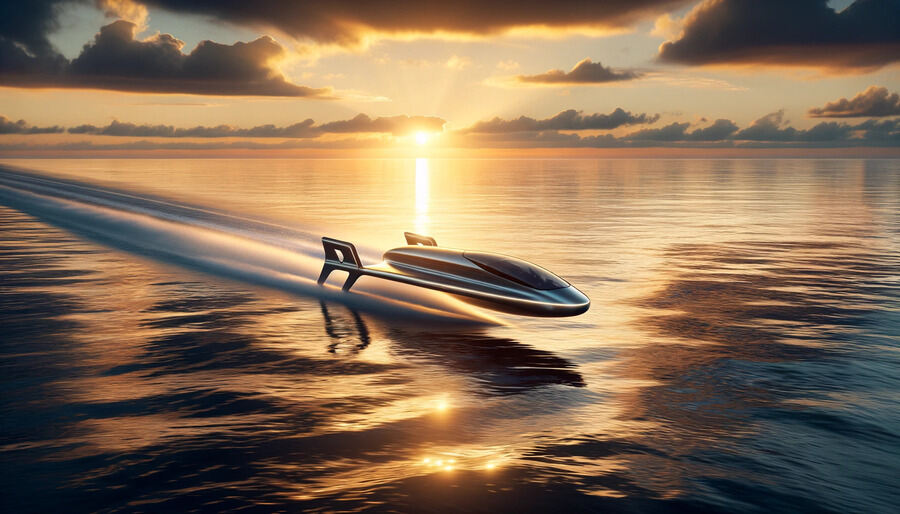Electric seagliders set to revolutionize Hawaiian island travel
Southwest joins the Hawaii Seaglider Initiative, aiming to launch eco-friendly electric seagliders for efficient and affordable interisland travel in Hawaii. The post Electric seagliders set to revolutionize Hawaiian island travel appeared first on Travel And Tour World.


In a move poised to redefine transportation across the Hawaiian Islands, Southwest Airlines has announced its participation in the Hawaii Seaglider Initiative (HSI), joining forces with a consortium dedicated to the advancement of electric seaglider technology. This initiative, spearheaded by Regent, a Rhode Island-based innovator, is set to introduce a novel mode of transportation that combines the efficiency of aircraft with the eco-friendly nature of electric power.
Regent’s pioneering seaglider, the Viceroy, which recently completed its maiden flight, stands at the forefront of this technological leap. Designed to accommodate up to 12 passengers, the Viceroy showcases the capabilities of current battery technology, boasting a range of 180 miles and a top speed of 180 mph. The seaglider’s operation is a marvel of engineering, launching from water and transitioning from hull-based power to hydrofoil propulsion before taking to the air. Flying close to the water’s surface allows the craft to benefit from the ground effect, significantly reducing drag and enhancing efficiency.
The implications of this technology for the Hawaiian Islands are profound. HSI’s route feasibility study suggests that an electric seaglider could offer a cost-effective and environmentally sustainable alternative to traditional ferry services and interisland flights, with potential fares as low as $30 for a trip from Oahu to Maui.
Regent has announced plans to bring the Viceroy into service by next year, with pre-orders already surpassing 600 seagliders, valued at over $9 billion, from a diverse range of airlines and ferry operators worldwide. The launch customer roster includes notable names such as Mesa Airlines, regional Hawaiian carrier Mokulele, and Southern Airways Express, alongside strategic investors like Hawaiian Airlines, Japan Airlines (JAL), and Mesa, with additional backing from Lockheed Martin and Mark Cuban Enterprises.
Launched in January, HSI is committed to comprehensive studies on the technical, commercial, and socioeconomic feasibility of seaglider implementation in Hawaii. The initiative has already attracted the participation of several major airlines, including Hawaiian, Alaska, United, JAL, and Mokulele, underscoring the broad industry support for this innovative transportation solution.
Southwest’s involvement in HSI underscores its commitment to exploring the potential for a seamless interisland and intraisland seaglider network, offering a glimpse into the future of travel in Hawaii. With a focus on community engagement, infrastructure development, resilience, and workforce education, HSI and its members, including Southwest, are charting a course toward a more connected and sustainable Hawaiian archipelago.
The post Electric seagliders set to revolutionize Hawaiian island travel appeared first on Travel And Tour World.
















